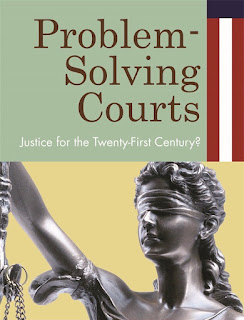Broken Windows Policing
This morning, the Manhattan Institute sponsored a briefing entitled, "20 Years of Broken Windows Policing: What's Ahead for Public Safety in New York City?" The panel featured NYPD Commissioner Bill Bratton, Manhattan District Attorney Cy Vance, Citizens Crime Commission Executive Director Richard Aborn, and former NY State Assemblyman Michael Benjamin.
In framing the conversation, moderator Errol Louis began by arguing that the public consensus about how to keep New York City safe is in the process of unraveling as broken windows policing has come under fire from the media, elected officials, and the advocacy community.
In response, Commissioner Bratton launched a spirited defense of broken windows policing, making the case that addressing "incivility" has not only been crucial to reducing crime in New York City over the past generation, but will continue to be a crucial tactic as the NYPD moves forward under his leadership. Bratton argued that, contrary to some impressions, New Yorkers are demanding quality-of-life enforcement from the police, pointing out that the vast majority of misdemeanor arrests in the city are the direct result of complaints made by local residents via 911 or 311 calls.
While Bratton and the other panelists all defended broken windows policing, they also acknowledged that this brand of enforcement needs to be done "constitutionally" and "consistently" across different parts of the city.
Vance called for community engagement with law enforcement, precinct-level diversion of minor cases out of the courts, and a significant investment in rethinking the handling of misdemeanor cases in general. In essence, Vance was making the same argument that we have made in advancing community courts: that a misdemeanor case is a window of opportunity, a moment to intervene meaningfully in an individual's life through the provision of services rather than jail sanctions.
Both Vance and Richard Aborn talked about decriminalizing certain kinds of minor misbehavior. In addition, Aborn talked about creating neighborhood panels that would engage local residents in resolving minor cases without a formal court hearing. Here again, Aborn was echoing the logic behind several Center for Court Innovation programs, including youth court and our peacemaking experiments.
At several points, the panelists pointed out that the reductions in crime in New York have been accompanied by significant reductions in the use of jail and prison. Michael Benjamin explicitly credited alternative-to-incarceration programs and drug courts with helping to achieve this result.
A number of the panelists also highlighted the need to enhance the legitimacy of the police, particularly in minority neighborhoods. This too has been an area of emphasis for the Center for Court Innovation.
Will the NYPD figure out a way to continue to reap the benefits of broken windows policing while addressing the legitimate concerns that have been raised with its implementation? It will be fascinating to see how things unfold in the days to come.


